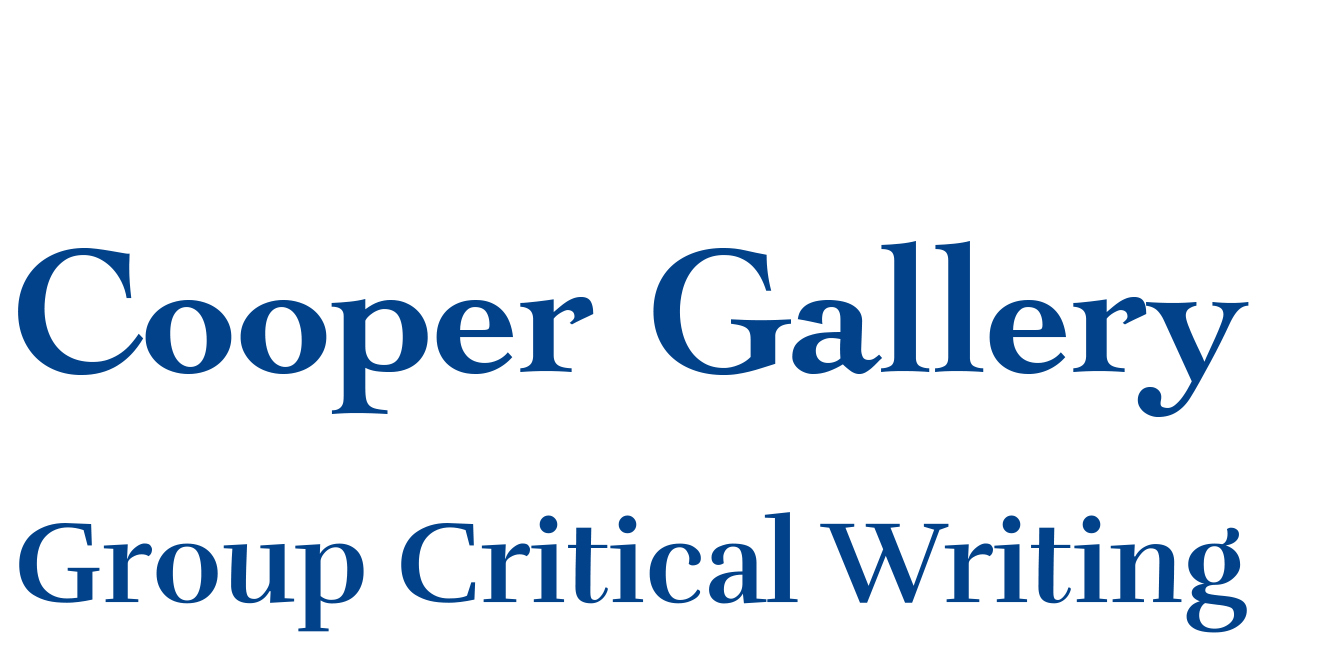Lewis den Hertog
♦ Tumblr and Legitimate Author-Death ♦
The multicellular organism that we call the art institution has long chewed over the disappearance of the author; it forms part of the standard intellectual breast milk for every litter of undergraduate artists and has consequently been the conceptual kernel of countless works, brilliant and tedious in equal quantity. The question of individual authorship amongst our foul brood is expected; its deployment is unlikely to cause much incredulity in most art-world contexts. In our field a disruption of authorial control—whether through collaborative and participatory practices or acts of appropriation—is explicitly acknowledged, and we are reminded of the presence of those who claimed to relinquish authorial primacy. So, despite the declarations of many practices, and thanks to our fascination with the art-world personality, the author remains reluctant to bugger off from our field of view.
Can we go somewhere where the legitimacy of authorship is in flux regardless of any continuity with twentieth-century avant-garde practices, and the relinquishing of authorial control is organic and enacted without fanfare? I suggest we turn towards the Internet. Specifically, that we turn towards Tumblr—a self-contained blogosphere which supports posts in text, video and sound, but in which image posts seem to be by far the most abundant format. The blogs of interest are those where bloggers operating under single-word monikers appropriate images from a schizophrenic multitude of sources and post them at frantic speed. This type of blog, where an ever-evolving visual style and literacy takes precedence over the acknowledgement of sources, operates on the basis that the authors of images are unimportant; what’s important is the immediate affective potential of the picture itself. And crucially, with most of these bloggers often reposting images from other blogs of the same kind, the original act of appropriation itself is not even highlighted as an important individual gesture. Any discrete post is annotated by ‘notes’ indicating the journey a single image has been on, having been ‘reblogged’ over and over again by a myriad of bloggers (nostrhole reblogged this from plop, plop reblogged this from cumbernauld92, etc.) Effectively anonymous individuals participate blindly in the prosperity of single images; the rapids by which images are carried to your attention are formed by blind collaboration amongst Tumblr users. Much like Twitter, the blogs one follows are assembled into a ‘feed’—a chronologically arranged, uniform column on one’s Tumblr ‘dashboard’. That the aggregated flow of blogs that one follows should be called the ‘feed’ is appropriate—one consumes images voraciously, and the individual source of each morsel of grub can be neglected in favour of the sensual restlessness of the pictorial conveyor belt. The result of this particular structure is that one is rarely absorbing the handiwork of one personality, but instead is being saturated by a deluge of indiscernible voices. And these voices are simply carriers of mysterious images of unknown origin, copies of copies. Tumblr is, amongst its many other functions, a participatory and collaborative network of image appropriations. In that sense it chimes perfectly with certain late-twentieth-century artistic practices concerned with the interrogation of individual authorship; but this continuity is unannounced and completely by accident. Insofar as Tumblr’s renunciation of authorship is accidental and unaffected, perhaps it is an abyss into which the author is finally allowed to disappear.
♦ ♦ ♦
Biography
My work explores the erotics of unsophisticated visual culture in an attempt to invigorate thought focused on the correspondence between images and indulgent desire.
